To recap 2023, NewsForKids.net is taking a look back at some of the most interesting stories we’ve covered this year.
Today we’re looking at some incredible stories from the world of science.
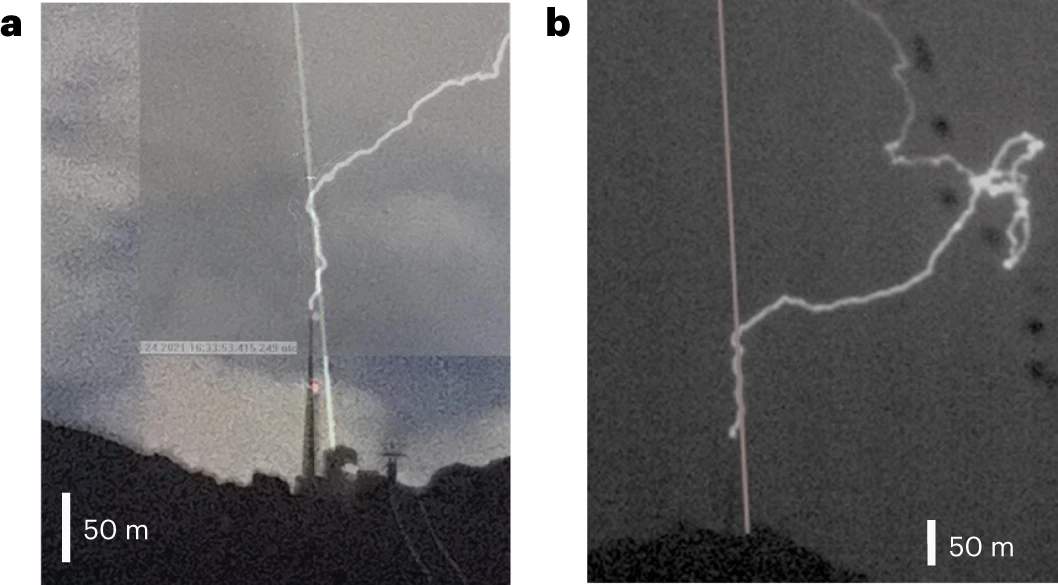
Scientists in Switzerland have used lasers to change the path of a lightning strike. The experiment suggests that in the future, lasers might be useful for protecting large buildings from lightning.
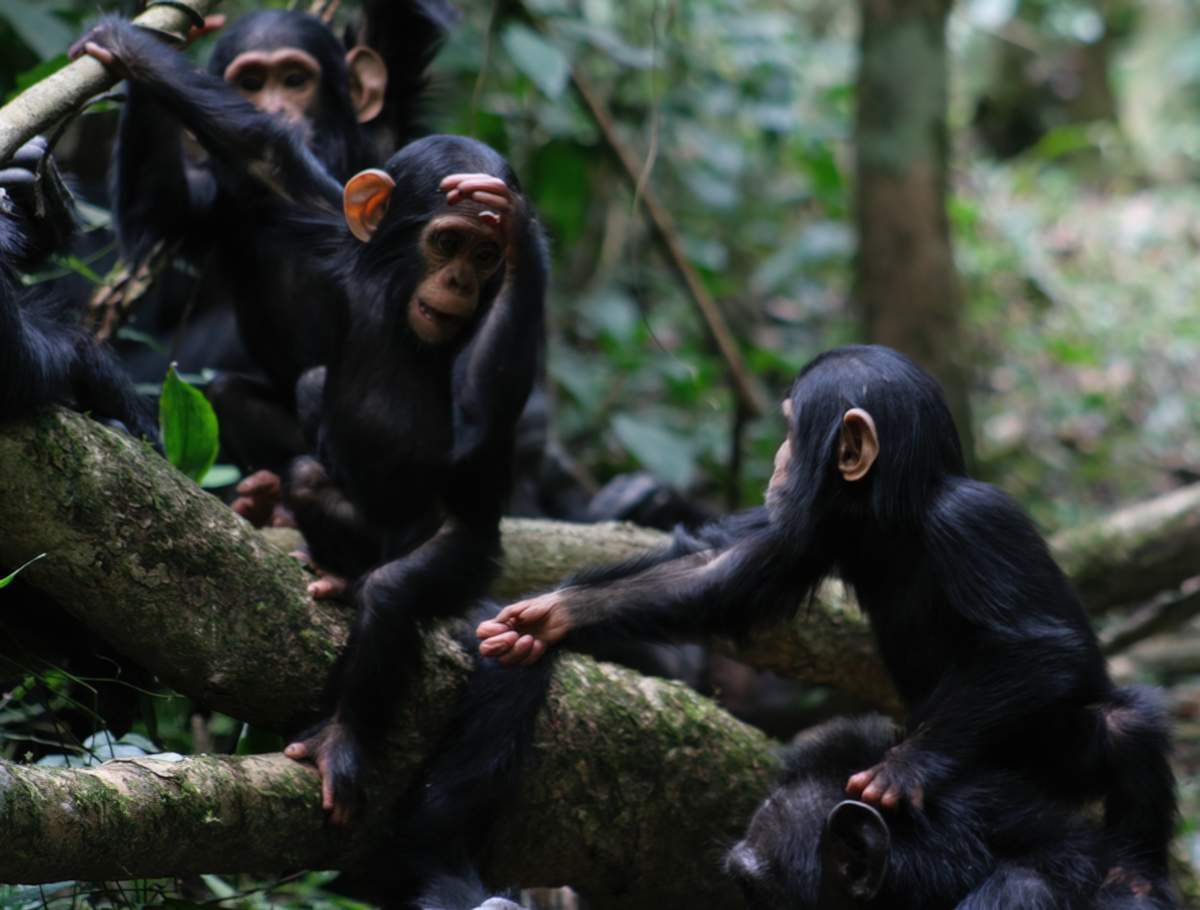
Scientists have shown that humans appear to have an ability to understand the signs of apes. The result is a little surprising, since most people haven’t spent much time at all with apes.
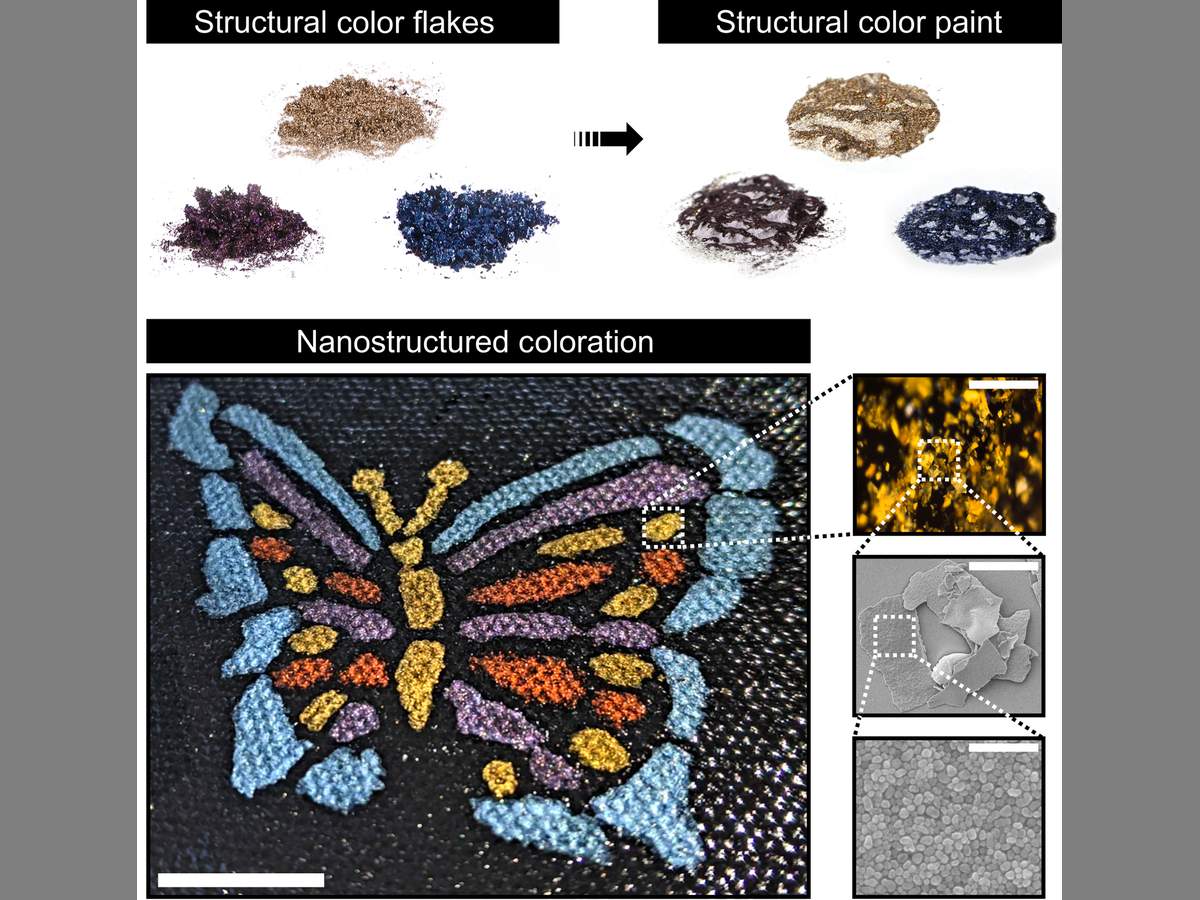
Scientists at the University of Central Florida have created a new kind of paint that’s super light and super tough. The colors in the new paint aren’t at all like those in most paints. Instead, they’re more like the colors on a butterfly’s wings.
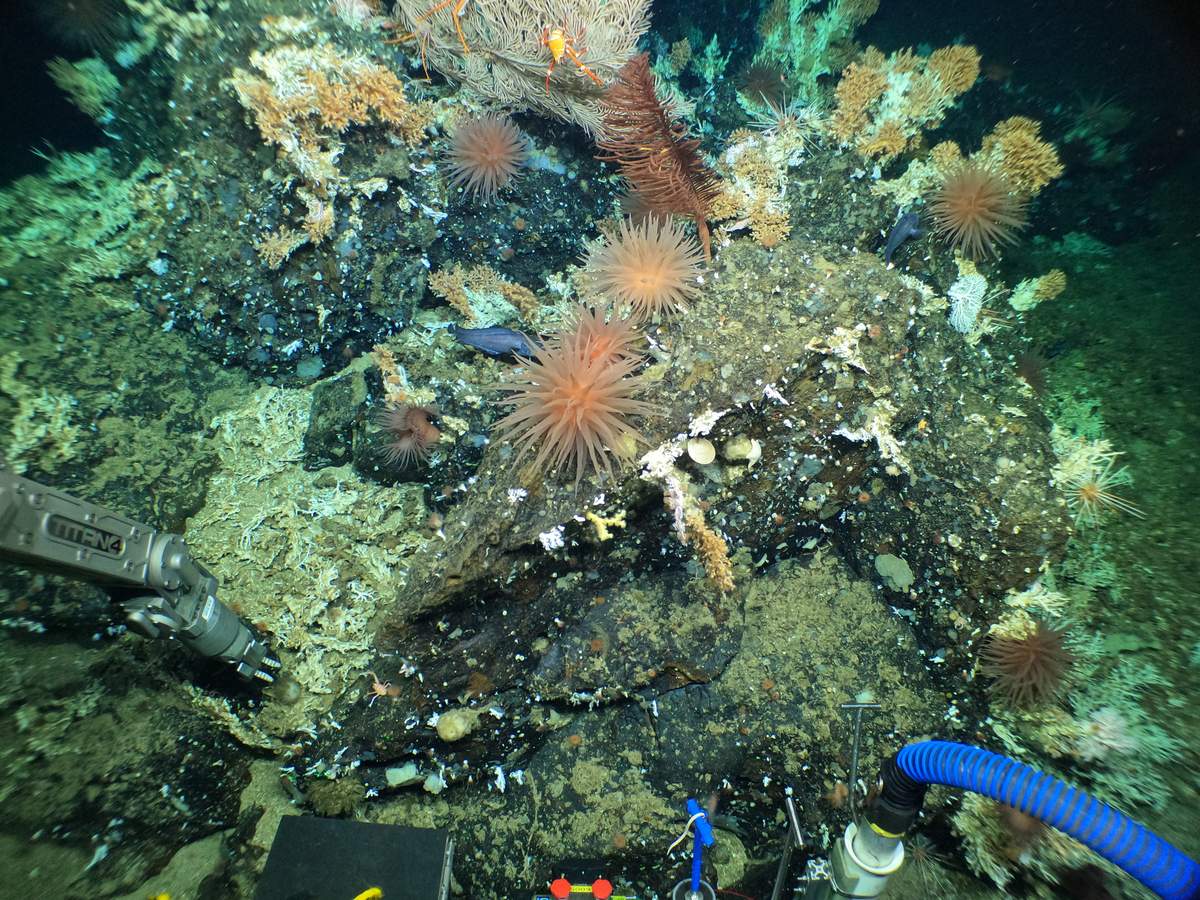
Scientists exploring the ocean around the Galapagos Islands have discovered a healthy, active coral reef, deep below the surface of the sea. The reef is unusual because it is so healthy, and has not been damaged by humans.
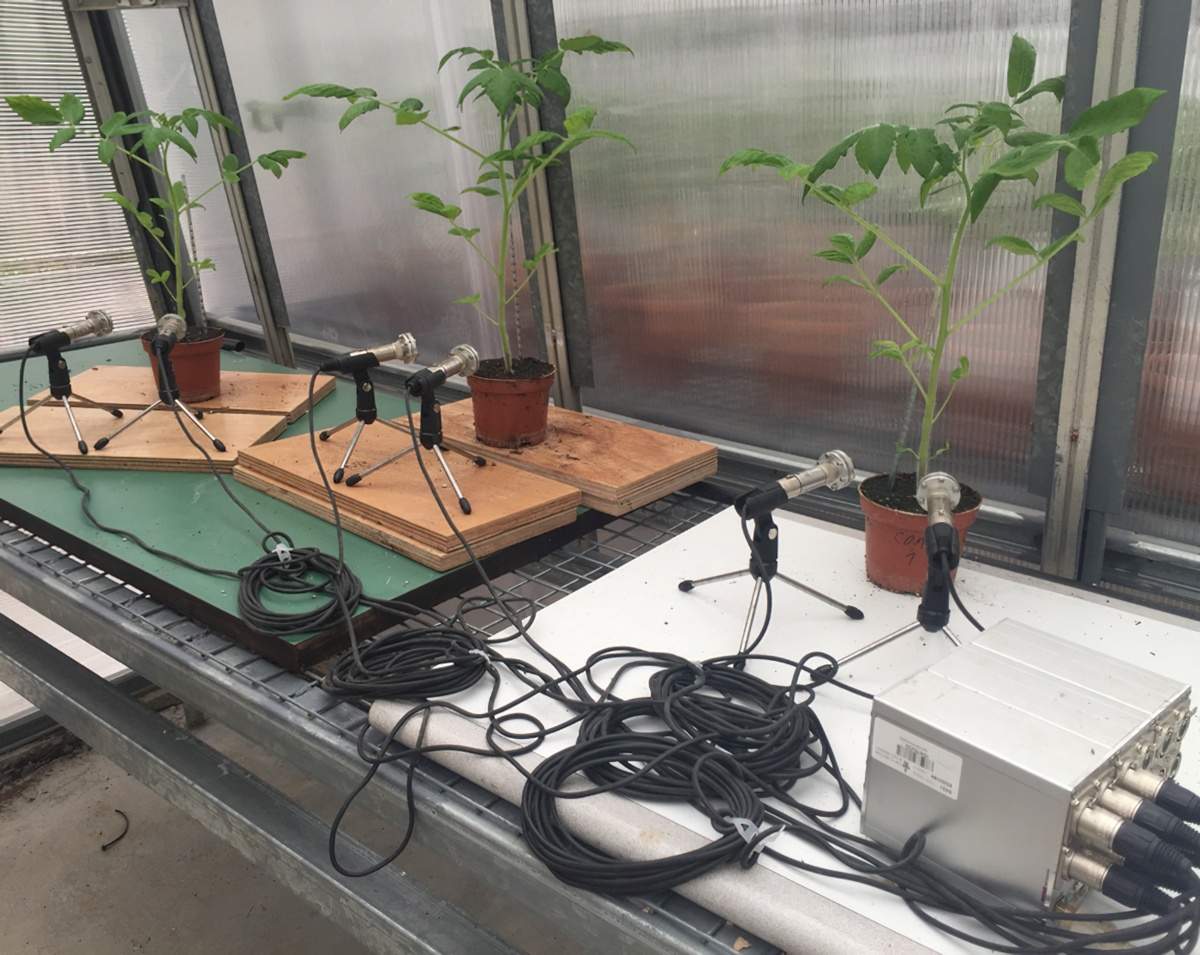
Scientists have known for years that plants respond to sounds around them. For example, flowers make sweeter nectar to the sound of buzzing bees. But now scientists in Israel have shown that plants also seem to be doing some “talking”.

Scientists have created a new tool that can turn people’s thoughts into words. It works by using an Artificial Intelligence program to translate brain activity into words. The scientists say the program could help people who can’t speak because of a brain injury.

In 2011, Gert-Jan Oskam was in a motorcycle accident that left him paralyzed below his waist. Now, thanks to special electronics in his brain and spinal cord, he can stand and walk, controlling these actions himself.

Scientists at the University of Massachusetts Amherst have invented a new way to make electricity. Their method uses super-tiny holes to make electricity from moisture in the air. The scientists hope the method will one day lead to cheap, clean electricity anywhere at any time.

On Monday, the Nobel Prize in medicine was given to Katalin Karikó and Drew Weissman – two scientists whose work led to the development of mRNA vaccines. Their ideas about mRNA were a huge scientific breakthrough, and saved millions of lives during the coronavirus pandemic.
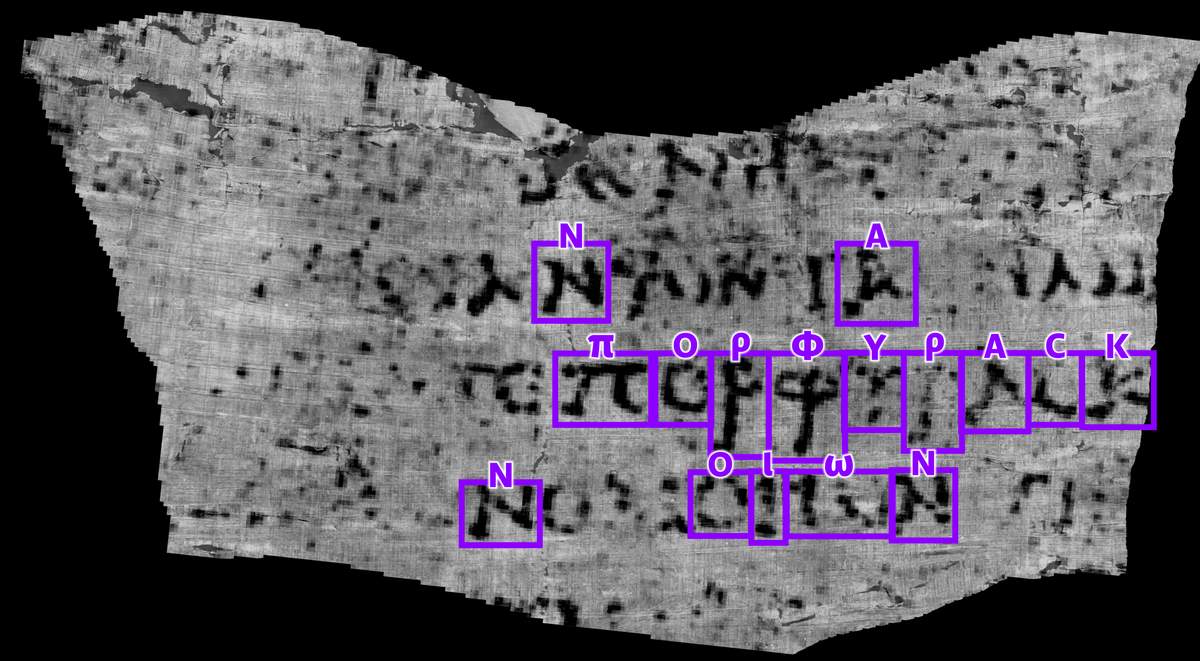
Roughly 2,000 years ago, Mount Vesuvius erupted, destroying the Roman cities of Pompeii and Herculaneum. Now a group of scientists is working to decode one of the great mysteries of that time – the scrolls of Herculaneum.
